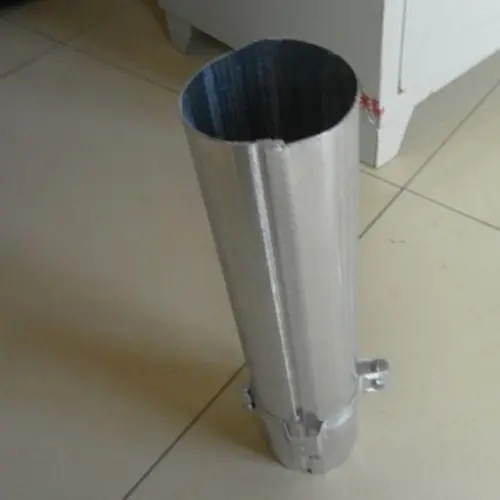
H Beam Welding Line An Overview of the Process and Benefits
The construction and manufacturing industries are ever-evolving, and one of the cornerstones of these sectors is the utilization of H beams. H beams are widely used in structural applications owing to their strength, durability, and versatility. However, the production of H beams demands high precision and sophisticated technology. This is where the H beam welding line comes into play, revolutionizing the manufacturing process for these vital components.
What is an H Beam?
Before diving into the welding line, it’s essential to understand what an H beam is. An H beam, also known as a universal beam, is a structural element shaped like the letter H. This design allows for an excellent strength-to-weight ratio, making it ideal for heavy load-bearing applications such as buildings, bridges, and industrial structures. The H beam consists of two horizontal flanges and a vertical web, which provide structural integrity and stability.
The H Beam Welding Line
The H beam welding line is a specialized production line designed for the fabrication of H beams through a welding process. The line integrates several stages to ensure efficiency, accuracy, and quality in the final product.
1. Preparation Stage This initial stage involves cutting and processing raw materials, typically steel plates, into the required dimensions for the flanges and web of the H beam. Advanced cutting machines and laser technologies are employed to ensure accuracy in this phase.
2. Forming Process After cutting, the steel plates are formed into the necessary shapes. The web and flanges are bent or rolled into position using high-precision machinery. This step is critical, as the integrity of the H beam relies heavily on the accuracy of its dimensions.
3. Welding Stage The most crucial part of the H beam production line is the welding process. Automatic welding machines are employed to join the flanges to the web. Various welding techniques may be used, such as submerged arc welding or MIG (Metal Inert Gas) welding. These methods ensure that the welds are strong and capable of withstanding heavy loads and stresses.
4. Inspection Following the welding phase, each beam undergoes rigorous inspection to ensure that it meets the required standards. This may include non-destructive testing methods like ultrasonic testing or radiography to identify any flaws or weaknesses in the welds.

5. Finishing Touches The last step involves finishing treatments, which may include shot blasting, painting, or galvanizing. These processes enhance the durability and corrosion resistance of the H beams, preparing them for various environmental conditions.
Benefits of H Beam Welding Lines
The implementation of dedicated H beam welding lines offers numerous advantages to manufacturers and construction firms alike
- Efficiency Automated welding lines significantly reduce production time by streamlining each step from preparation to finishing. This leads to increased output and reduced labor costs.
- Consistency and Quality Automation minimizes human error, ensuring that each H beam produced is of the same high quality. This consistency is crucial for large-scale projects where structural integrity must be guaranteed.
- Versatility H beam welding lines can be configured to produce various beam sizes and styles, catering to different engineering and architectural requirements. This flexibility allows manufacturers to meet diverse market demands.
- Cost-Effectiveness The combination of reduced labor costs, increased speed, and decreased material waste contributes to a more cost-effective production process. This allows manufacturers to remain competitive in a challenging market.
- Safety Automated systems reduce the risk of workplace injuries associated with manual welding and handling of heavy materials. This enhances safety for workers and compliance with regulatory standards.
Conclusion
The H beam welding line represents a significant advance in the manufacturing process of one of construction’s most vital components. With its combination of efficiency, quality, and safety, the welding line not only optimizes production but also ensures that the structural demands of modern projects are met with precision. As the construction industry continues to grow and evolve, innovations such as the H beam welding line will play a crucial role in shaping the future of structural engineering and manufacturing.